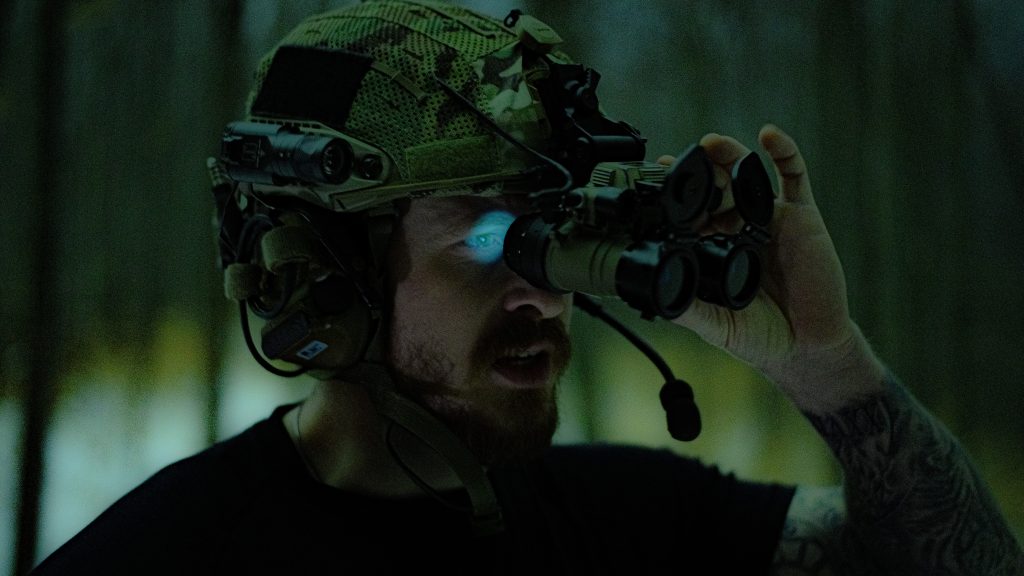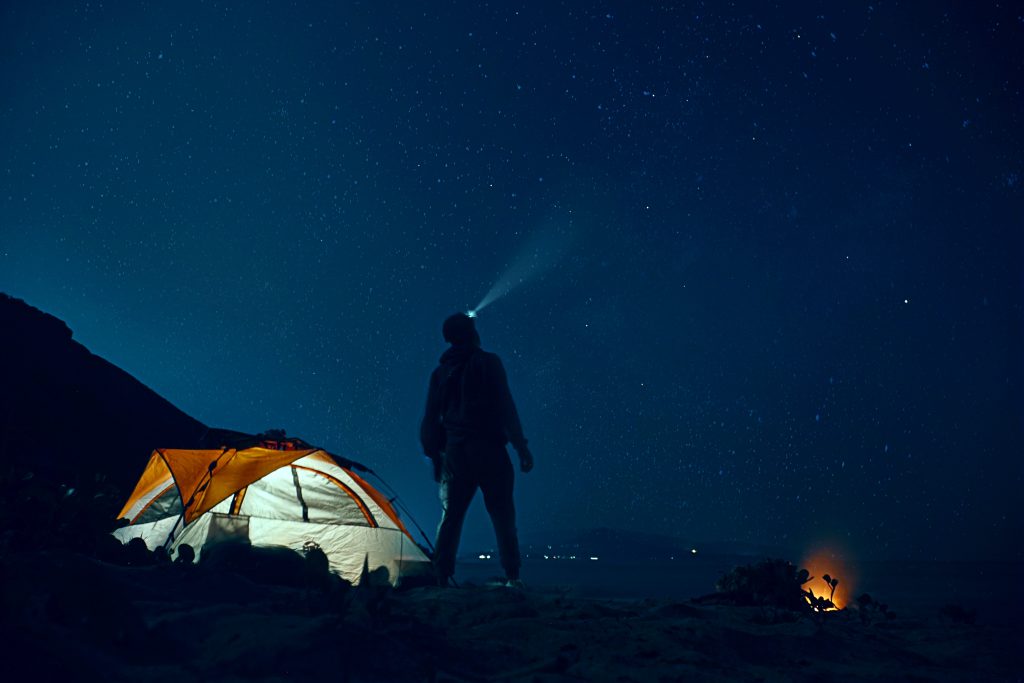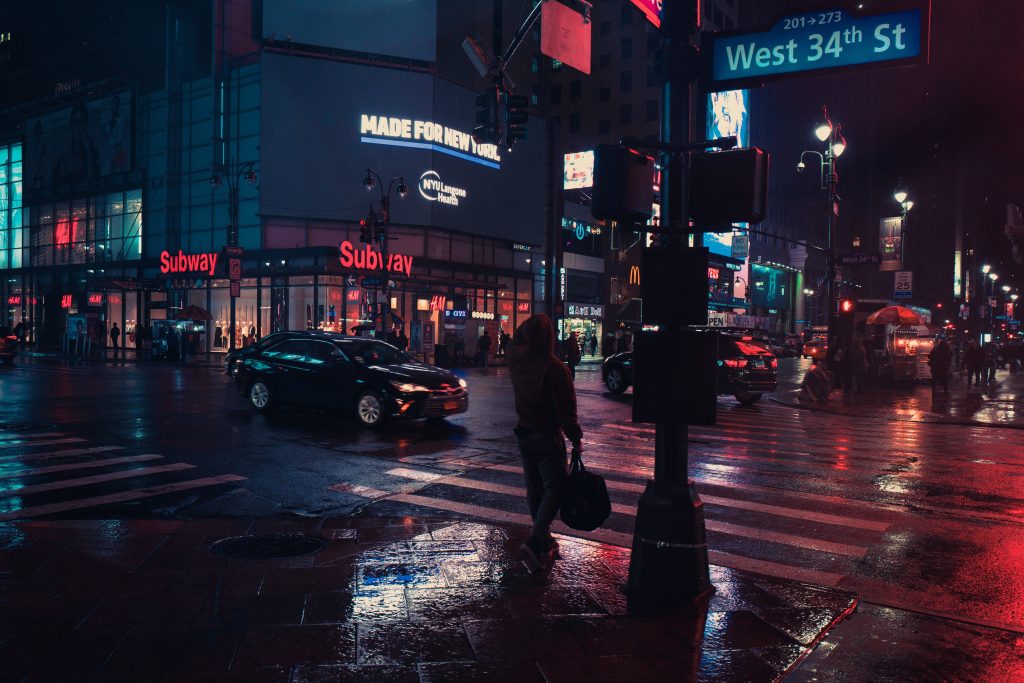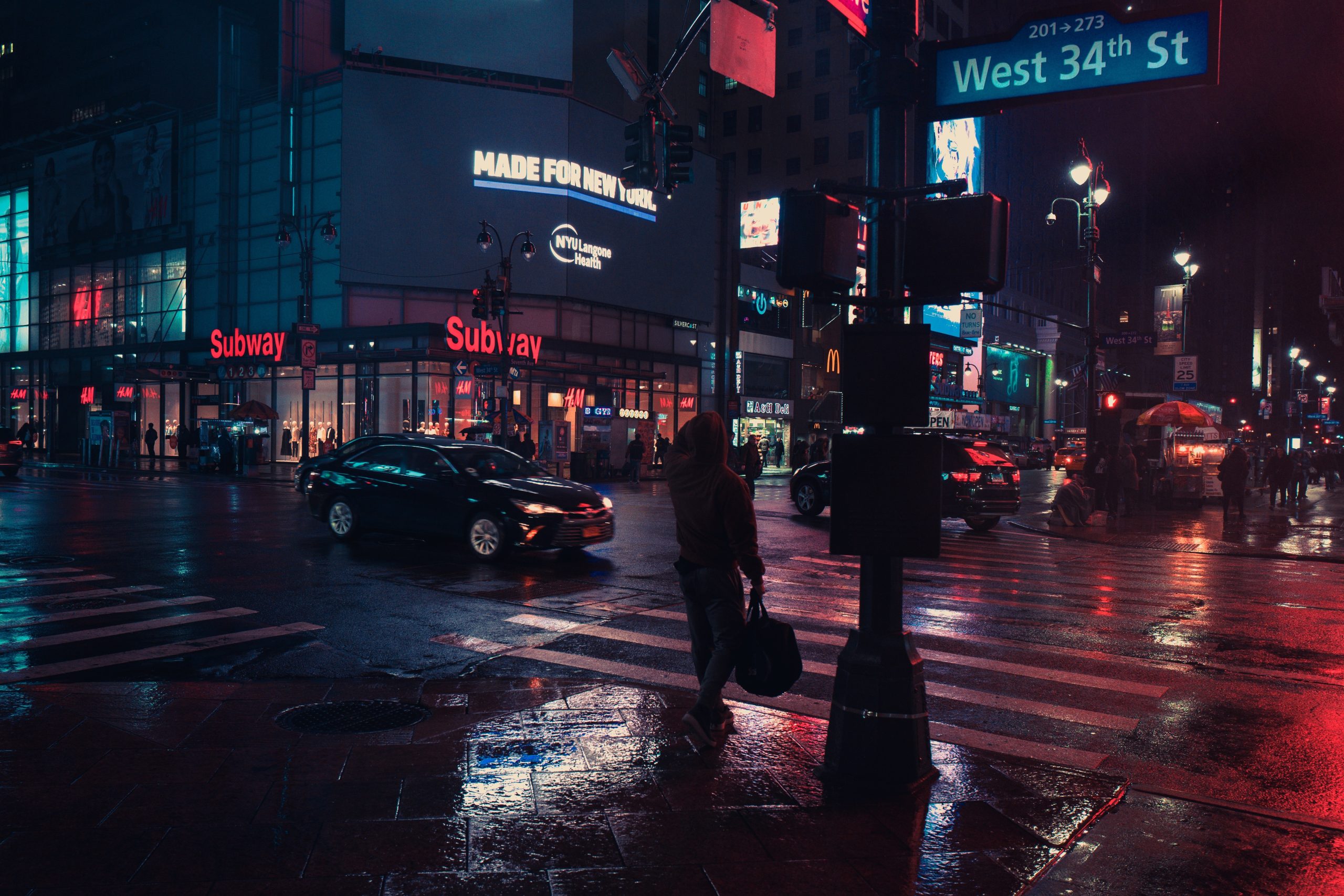Have you ever wondered how to use a red flashlight to preserve your night vision? Well, you’re in the right place! Using a red flashlight is a simple and effective way to maintain your night vision while still being able to see in the dark.
To use a red flashlight for preserving night vision, start by turning off any bright lights in your surroundings. Then, switch on your red flashlight. The reason behind using red light is that it has a longer wavelength compared to other colors, making it easier for our eyes to adjust and maintain sensitivity to low light conditions. By using a red flashlight, you can navigate through the dark without overstimulating your eyes and preserving your ability to see in the dimly lit environment. So, next time you need to venture out on a nocturnal adventure, remember to grab your trusty red flashlight for a night-vision friendly experience!

Choosing the Right Red Flashlight
When it comes to choosing the right red flashlight, there are a few key factors to consider. One of the most important considerations is the brightness level, measured in lumens. A red flashlight with a lower lumen count is ideal for preserving night vision, as a bright light can quickly dissipate your ability to see in the dark. Look for flashlights with a dimmer setting or adjustable brightness levels to meet your specific needs.
In addition to brightness, consider the filter options available with the red flashlight. Different filters can provide varying shades of red, allowing you to customize the intensity of the light emitted. This can be particularly useful in situations where you need a dimmer red light to maintain stealth or camouflage.
Finally, think about the size and durability of the red flashlight. Opt for a compact and lightweight option that is easy to carry and won’t weigh you down. Additionally, choose a flashlight that is built to withstand rugged environments and is resistant to water and impact.
Preparing Your Red Flashlight
Before heading out into the field with your red flashlight, it’s important to properly prepare it for use. The first step is to install the batteries, ensuring they are correctly inserted and securely in place. It’s a good idea to carry spare batteries in case the ones in your flashlight run out of power.
After installing the batteries, it’s crucial to test the flashlight to ensure it is working properly. Turn it on and cycle through the different brightness levels to ensure they are functioning as expected. This will help you avoid any surprises in the field when you need the flashlight the most.
To adjust the beam angle of your red flashlight, look for flashlights that have a tilting or swiveling head. This allows you to easily direct the light where you need it, whether it’s straight ahead or at a downward angle. Adjusting the beam angle can be particularly useful when reading maps or charts in low light conditions.
Using the Red Flashlight in the Field
When using a red flashlight in the field, it’s important to minimize your exposure to white light. White light can quickly ruin your night vision, making it difficult to see in the dark. To avoid this, make sure your red flashlight has a strong red filter and use it whenever possible.
Another tip is to point the flashlight away from your face and towards the ground when not in use. This prevents any accidental exposure to white light and helps maintain your night vision. By keeping the flashlight directed downwards, you can easily turn it on and off without compromising your ability to see in the dark.
When using the red flashlight, it’s also important to direct the light at a low angle. This minimizes the potential for the light to reflect off any surfaces and give away your position. By angling the light downward, you can illuminate your immediate surroundings while minimizing the risk of detection.
Preserving Night Vision
Preserving your night vision is crucial in any low-light situation. To do this effectively, allow yourself time to adapt to the darkness before using your red flashlight. Give your eyes at least 5 to 10 minutes to adjust to the low light conditions. This will enhance your ability to see in the dark and reduce your reliance on artificial lighting.
It’s important to avoid sudden bright lights, as this can temporarily disrupt your night vision. If you need to use a brighter light source, consider gradually increasing its intensity rather than turning it on at full brightness. This will minimize the impact on your night vision and allow you to maintain your ability to see in the dark.
To further preserve your night vision, consider cycling between using your red flashlight and complete darkness. This allows your eyes to periodically readjust to the darkness and maintain their sensitivity to low-light conditions. By alternating between red light and darkness, you can prolong your ability to see in the dark without relying solely on artificial lighting.

Using the Red Flashlight Effectively
Aside from preserving night vision, a red flashlight can be used effectively in a variety of situations. When searching for objects at close range, such as in a tent or bag, use the dimmest setting on your flashlight to avoid overwhelming your vision. This will provide enough illumination to see what you need without hindering your ability to adjust to the surrounding darkness.
When reading maps or charts in low light conditions, your red flashlight can be an invaluable tool. Direct the light onto the map or chart from a low angle to minimize the risk of surface reflections and maintain your stealth. This will allow you to read the information you need without compromising your position.
In situations where stealth and camouflage are crucial, a red flashlight can help you maintain a low profile. Use the dimmest setting on your flashlight and point it away from your body, directing the light towards the ground. This will minimize the chances of being detected and increase your ability to navigate and operate undetected.
Additional Tips and Tricks
To protect your red flashlight during storage, store it in a safe and dry place. This will prevent any potential damage and ensure it remains in good working condition when you need it. Consider keeping it in a protective case or pouch to provide an extra layer of protection.
In addition to using a red flashlight, consider utilizing other night vision-friendly tools. For example, night vision goggles or binoculars can enhance your ability to see in the dark without relying solely on a flashlight. Familiarize yourself with these tools and their proper use to maximize your effectiveness in low-light situations.
Lastly, training and familiarization with your red flashlight are essential for effective use. Practice using it in different scenarios and become familiar with its features and functions. This will ensure that when the time comes to use your red flashlight in the field, you are confident and proficient in its operation.
In conclusion, using a red flashlight can be a valuable tool for preserving night vision and enhancing your effectiveness in low-light situations. By choosing the right flashlight, preparing it properly, and using it effectively, you can navigate and operate in the dark with confidence. Remember to prioritize preserving your night vision, and practice using your red flashlight in various scenarios to become proficient in its use. Stay safe and stay stealthy!












